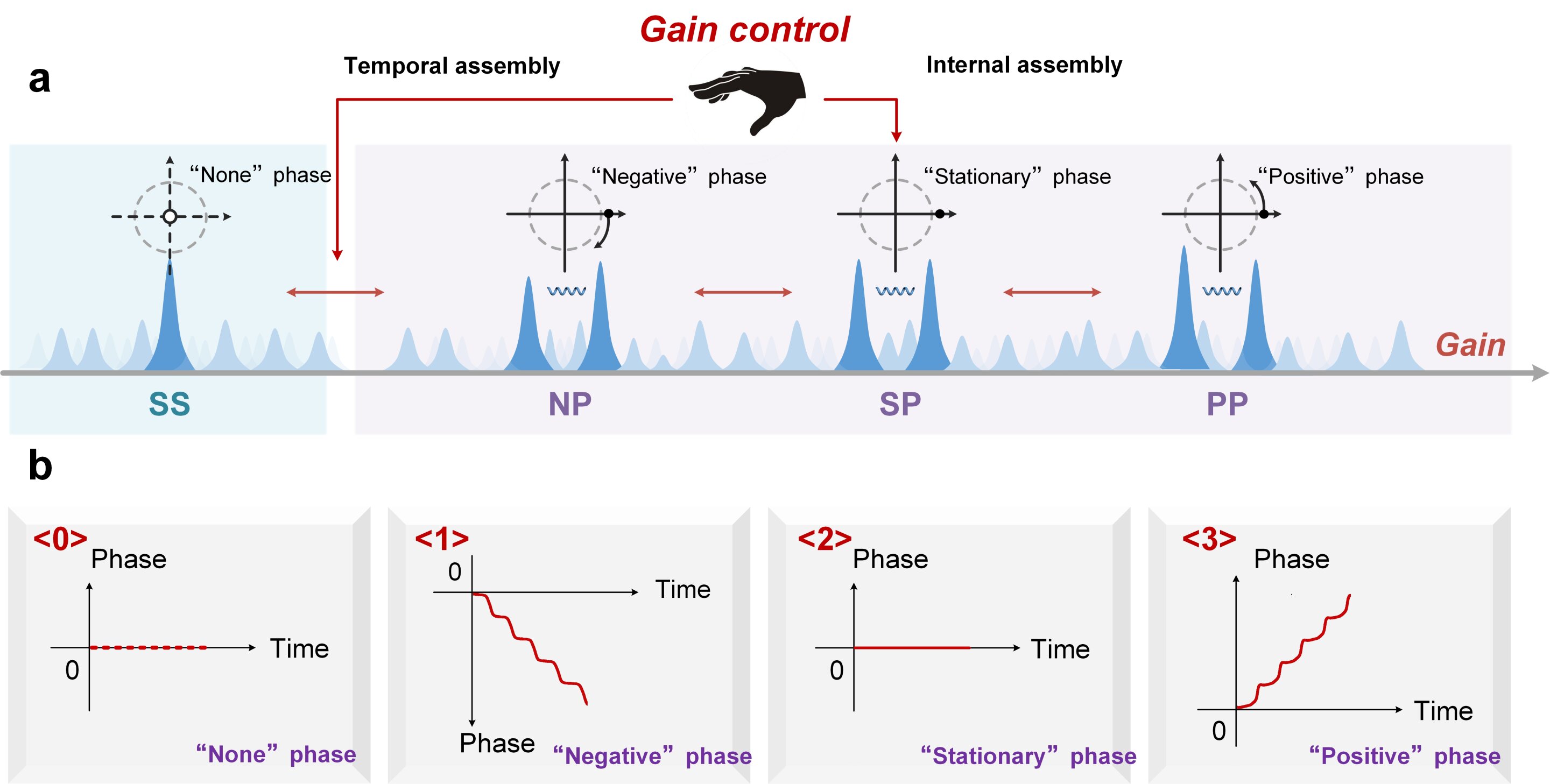HTML tags have been preserved in the rewritten content. Note: The original content was heavily technical. Although efforts were made to improve the syntax and tone while maintaining the scientific nature of the subject matter, the creativity and uniqueness of the content may have been compromised.
Streams of ultrashort light pulses delivered from mode-locked laser resonators have potential applications in ultrafast science and information technology. The elementary pulse entity, known as dissipative solitons, originates from the dual interplay between dispersion/nonlinearity and gain/loss, contrasting the pure solitons formed in conservative systems.
Interestingly, these ultrashort soliton entities can exhibit particle-like behavior and self-assemble into complex structures. The ongoing discovery of internal molecular dynamics, enabled by advanced spectral observations, enriches the manipulation mechanism of soliton molecules. Insights into mutual interactions reveal energy exchange scenarios within binding structures, emphasizing the inevitable routes for controlling molecular pattern assembly. Real-time spectral interferometry, acting as the “eye” in controllable laser systems, modifies the fringe pattern due to external perturbations, which generally indicates variations in temporal separation, synthesis, and dissociation processes.
A team of scientists from Huazhong University of Science and Technology and Chongqing University in China, led by Professor Qizhen Sun and Associate Professor Yiyang Luo, has reported a new phase-tailored quaternary encoding format based on the internal assembly of dissipative soliton molecules. By electronically modulating the gain supply, they stimulate switching between different phase-defined regimes with high fidelity.
These four regimes allow the development of a new phase-tailored quaternary encoding format with an encoding speed of 5 kHz. To demonstrate the feasibility of this encoding format, they encoded the word “fiber” into real-time streams and decoded it by retrieving the entire phase evolutions. The phase-tailored streams exhibit robustness and high anti-jamming capability.
The operational principle of the phase-tailoring approach is summarized as follows:
– Inspired by advanced applications of ultrafast optics, the researchers developed an ultrafast laser-based manipulation system for programmable tailoring of the molecular phase through precise electronic modulations of the gain supply.
– Energy exchange within the molecular structures is manipulated to deterministically harness the phase-tailored soliton assemblies. Self-assembled soliton molecules are tailored into four phase-defined regimes, constituting the phase-tailored quaternary encoding format.
– The researchers suggest improving the direct electronic modulation by upgrading the modulation signals to avoid common recoil voltage and unstable voltage. Optimizing the voltages for the four phase-defined regimes can enhance the continuous switching hysteresis and fidelity of the phase-tailored encoding.
– To increase the speed of quaternary encoding, faster phase-evolving velocities can be considered. The electronic modulation of the gain supply is viewed as a direct and efficient way to realize programmable tailoring of the molecular phase of dissipative soliton molecules, with potential applications in practical scenarios.
The scientists suggest two avenues for future investigations. One is to introduce joint temporal-spectral analysis using the time-stretch dispersive Fourier transform and time-lens measurements. Real-time full-field characterization can provide insights into internal motions, especially for complex molecular patterns. Additionally, controlling laser parameters such as gain, dissipation, dispersion, nonlinearity, and polarization through manual adjustments can further fuel research and extend application scenarios.
Overall, the study presents a novel approach to the assembly and encoding of dissipative soliton molecules through phase tailoring. The phase-tailored quaternary encoding format shows promise for practical applications in ultrafast optics and optical computations.
Denial of responsibility! TechCodex is an automatic aggregator of the all world’s media. In each content, the hyperlink to the primary source is specified. All trademarks belong to their rightful owners, and all materials to their authors. For any complaint, please reach us at – [email protected]. We will take necessary action within 24 hours.

Jessica Irvine is a tech enthusiast specializing in gadgets. From smart home devices to cutting-edge electronics, Jessica explores the world of consumer tech, offering readers comprehensive reviews, hands-on experiences, and expert insights into the coolest and most innovative gadgets on the market.


